Seafood value chain = trusted quality
Salmon farming follows the same cycles that occur in the wild and our guide illustrates the processes that take place.
The life cycle of salmon starts in freshwater and involves several stages before the young salmon (smolt) are ready for the sea.
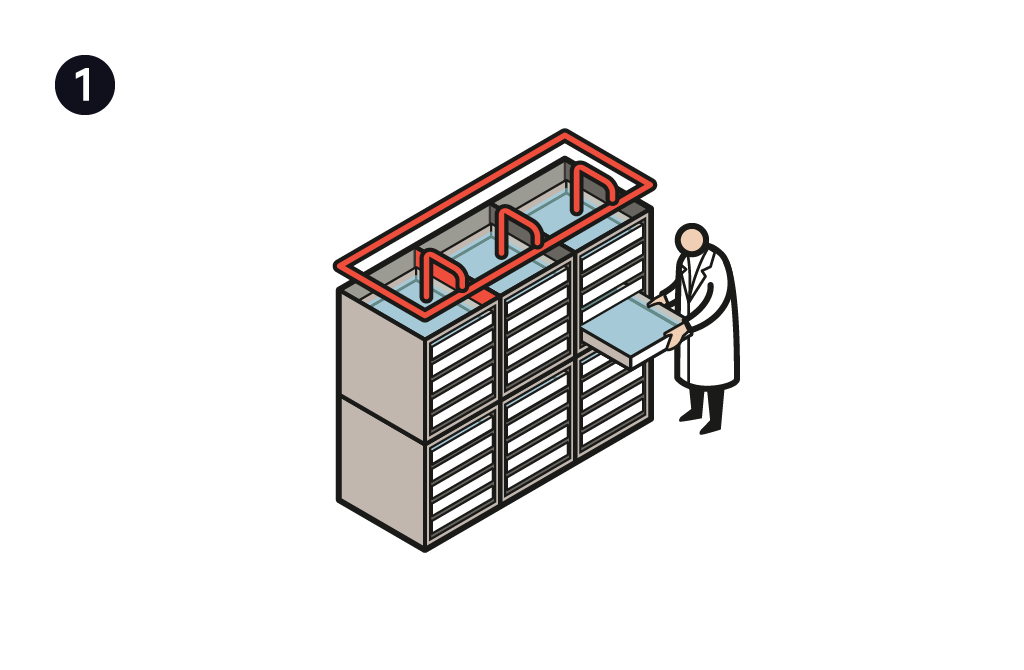
Fertilised eggs are kept in incubation tanks in fresh water. There are approximately 5,000 eggs per litre. The eggs hatch into tiny fish (alevins), which have a yolk sac that provides nutrition until they are large enough to feed themselves.
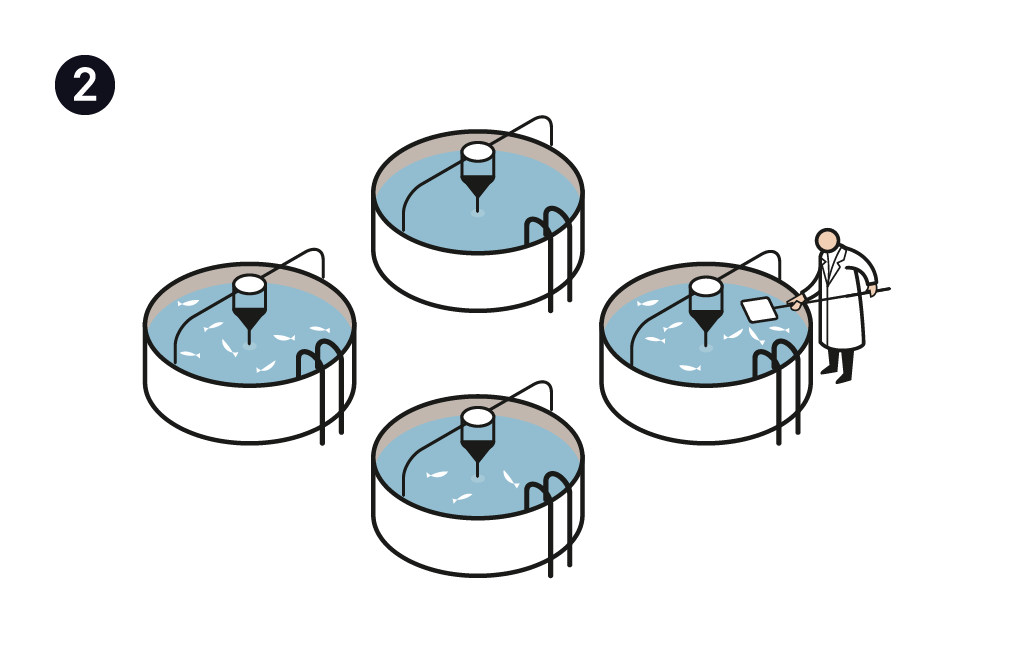
Once they weigh about six grams, the fish are moved to larger freshwater tanks or to an open net cage in a lake. The fish now develop into parr and once they weigh about 60–80 grams they’re ready to move on to the smolt stage.
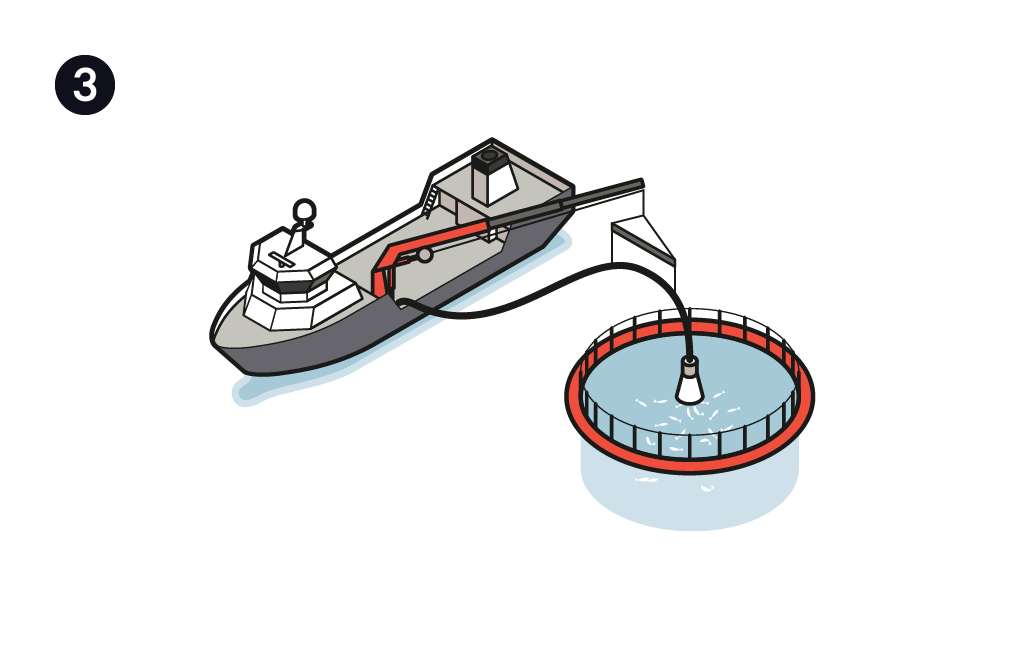
This stage is when the fish undergo a physiological change that enables them to move from fresh water to seawater and become young adult salmon. The smolts are kept in net pens in the sea until they mature into adult salmon.
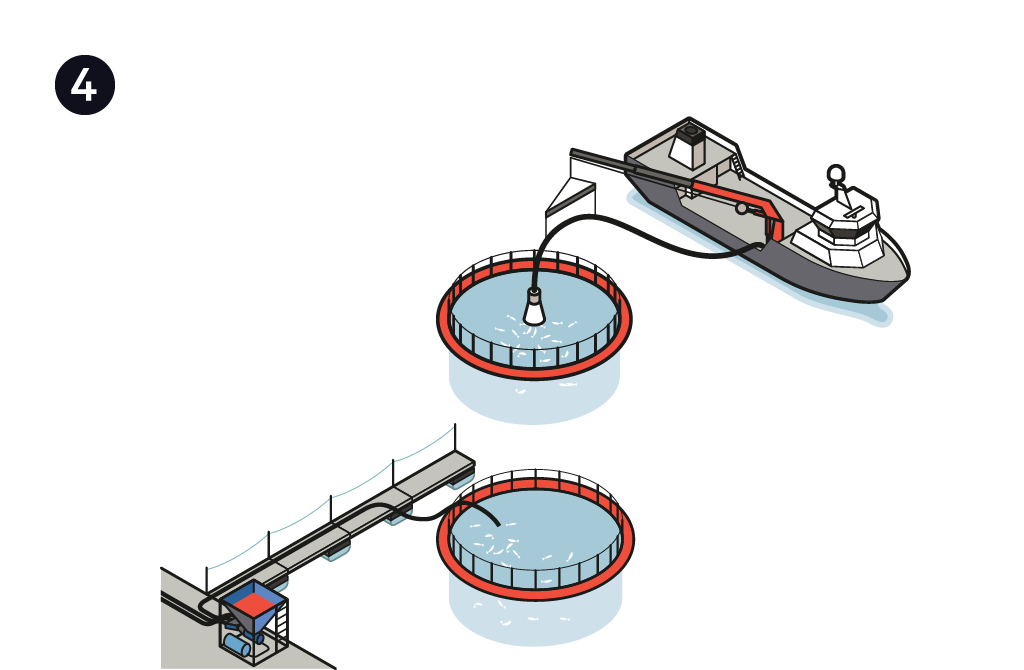
After just over a year in the sea the fish will have reached market weight (4.5 to 5.5kg) and are then harvested – in a variety of ways depending on the region.
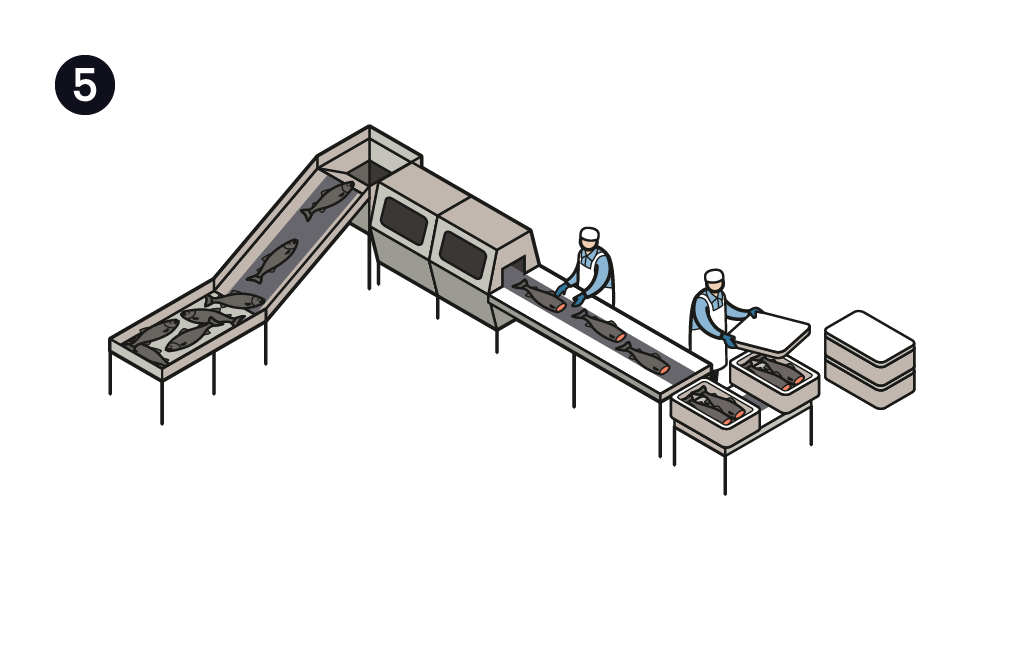
Marine Harvest processing activities take place in their own specialised facilities around the world.
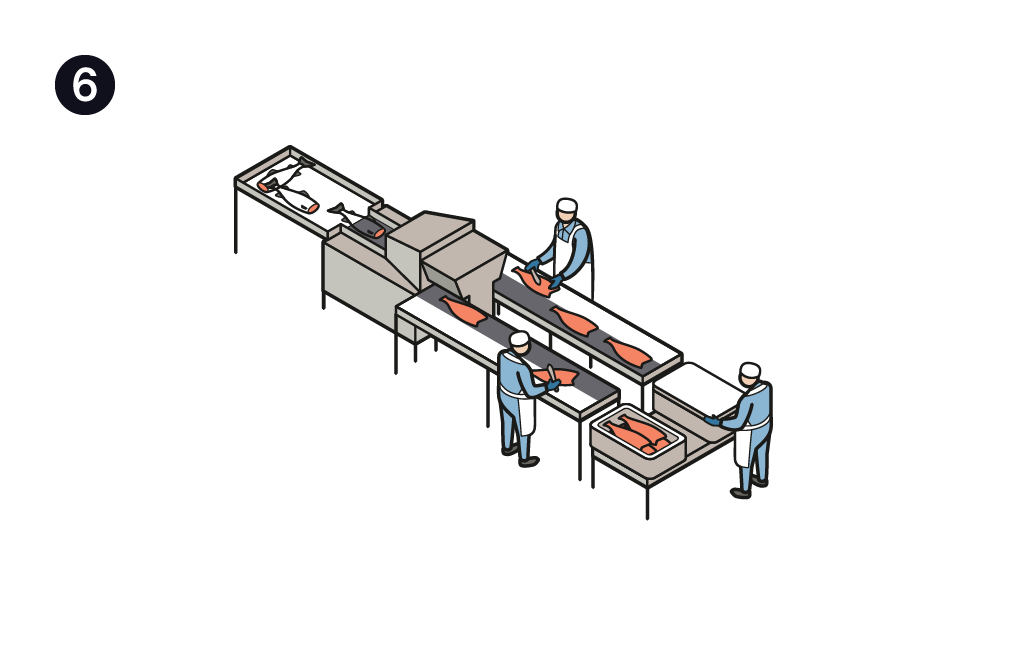
Marine Harvest logistics managers use a combination of road, rail, ship and airfreight. Their priority through all stages of distribution is to maintain the freshness and quality of the fish and fish products and to minimise the amount of time and miles it travels.